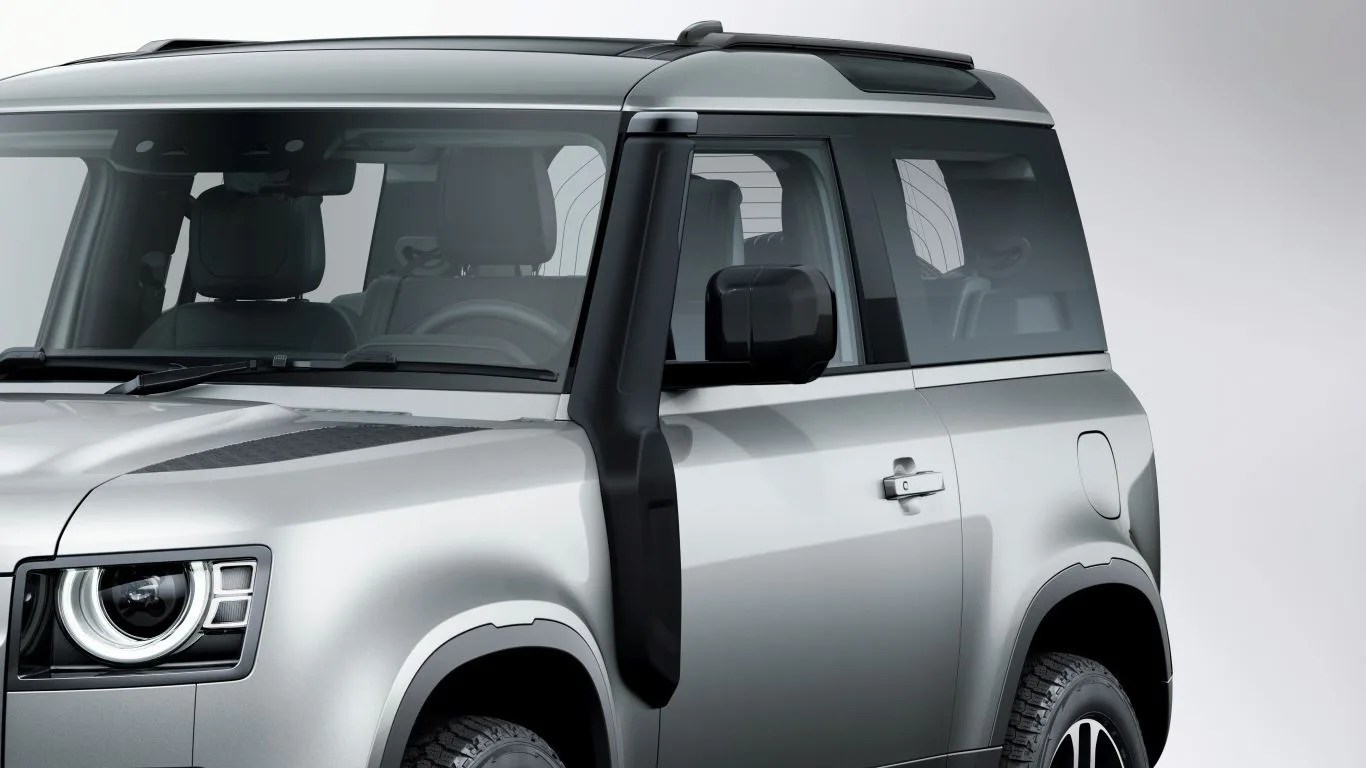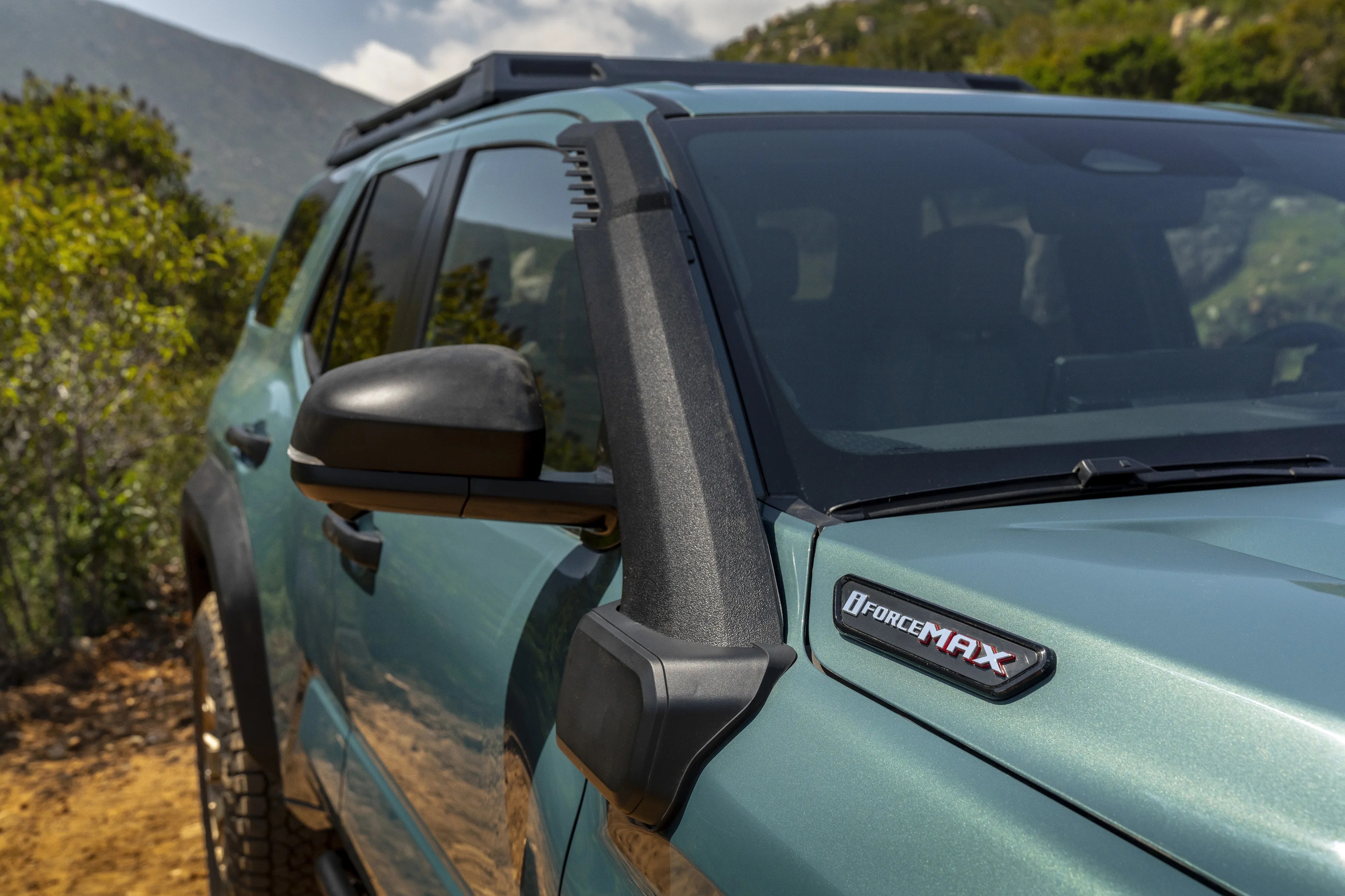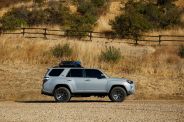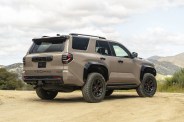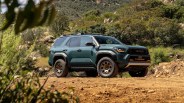My first exposure and genuine appreciation for vehicle snorkels came from 1997’s Dante’s Peak. Early throughout the movie, the world’s most handsome volcanologist – Pierce Brosnan – bops around the soon-to-be doomed mountain town (spoiler!) in a glorious 1987 GMC Suburban outfitted with beefy tires, a grill guard, roof lights, and a elephant trunk-like snorkel running up the A-pillar.
This ride, which apparently some teenager wound up buying off Craigslist back in 2017, eventually plays a key role in Brosnan and his hastily adopted mountain family’s survival.

During a daring rescue mission to save grandma (who ultimately still winds up dying, Roger Rabbit-style), Brosnan is forced to “cross”, a.k.a. drive right through a decent-sized river. Water immediately starts pouring into the car through gaps in the body. Linda Hamilton, playing the role of Rachel Wando remarks in mild alarm, “There’s a lot of water coming,” to which Brosnan tensely replies, “This rig can take it. The engine’s got a snorkel.”
The idea that an after-market accessory could turn an SUV I typically saw shuttling kids to soccer into an apocalypse-thwarting survival tank seemed so badass to me at the time.
It’s partly why my eyes perked up when I saw a press image of the all-new 2025 Toyota 4Runner Trailhunter Edition sporting what looked like a snorkel.
Walking away from Dante’s Peak, my naive understanding was that vehicle snorkels unlocked the same capabilities for cars that plastic snorkels did for humans. By raising the point of a vehicle’s air intake higher, a vehicle snorkel provided a car engine with steady access to oxygen, even in deeper water, allowing engine combustion to continue and keep the car running. The raised intake position also helped prevent water from entering the engine, which can cause catastrophic damage.
